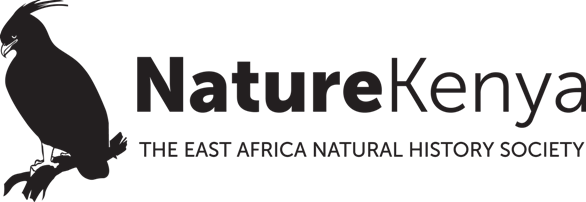Climate change has many negative impacts on natural ecosystems, agriculture and food supplies, human health, forestry, water resources and availability, energy use, and transportation. Nearly all rural communities’ livelihoods are directly linked to natural resources and are therefore vulnerable to the impacts of climate change. For example, prolonged dry spells have frequently resulted in food insecurity, displacement of communities and intercommunity conflicts.
In September 2012, at a workshop for Site Support Groups (SSGs), participants presented evidence of the impacts of climate change in different Kenyan Important Bird and Biodiversity Areas (IBAs). The negative impacts included: loss of most of Mount Kenya’s permanent glacier, extreme weather conditions including frost being observed in some of the IBAs such as the Kinangop Grasslands, unpredictable or erratic rainfall, increased mean temperatures, prolonged drought and perennial flooding in some of these sites.
During that workshop it was noted that most rural communities’ livelihoods were directly linked to natural resources and hence they were vulnerable to the impacts of climate change. As a way forward, each SSG was asked to identify the impacts of climate change on livelihoods, ecosystems, habitats and biodiversity within their area of operation, and hence assist to plan for the adaptation strategy that needs to be employed. The discussions on climate change also led to the development of a climate change strategy for SSGs in 2015. (SSGs are local conservation organizations working with Nature Kenya to conserve IBAs while helping neighbouring communities.)
Since the development of the climate change strategy, several SSGs have undertaken measures to counter the effects of climate change in some of the IBAs. These include reduction of deforestation, restoration of degraded habitats, reforestation and on-farm forestry. To date, over 6 million tree seedlings have been raised and planted by members of SSGs in various parts of the country to assist in protecting and restoring water catchment areas. In addition, over 300ha of papyrus have been planted to rehabilitate degraded areas around Lake Kanyaboli, Bunyala, Usenge and Bar Olengo areas of the Yala Swamp.
SSGs have been in the forefront in promoting the use of energy-saving cooking devices amongst communities as a means of reducing firewood and charcoal use. Through the SSGs, over 5,000 energy-saving ‘jikos’ and slightly over 1,000 ‘fireless cookers’ have been installed at various sites in the country. The SSGs have also been encouraging the use of biogas as an alternative source of clean energy.
On livelihoods, the SSGs have adopted sustainable income generating activities such as bee keeping and butterfly farming. These activities are friendly to the environment and enable communities to earn a living sustainably. To date over 1,400 beehives have been supplied to communities through the SSGs, enabling communities to earn over eight million shillings annually from sale of honey and other hive products.
The climate change strategy for SSGs recognizes the need of establishing partnerships between SSGs, national and county governments and other stakeholders. As part of implementing their climate change strategies, some of the SSGs are working with their respective county governments and other stakeholders in implementation of their activities. Good collaboration with other stakeholders has been reported in Baringo, Kitui and Siaya counties, providing a good platform for the SSGs to achieve their climate change strategies.
